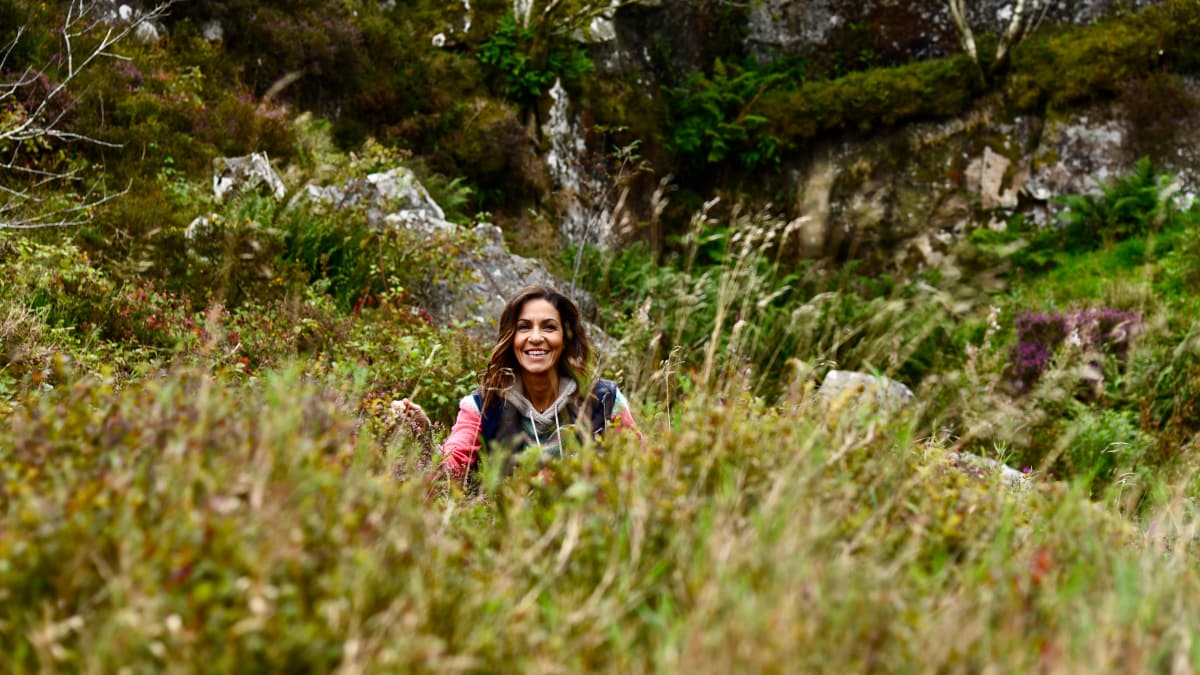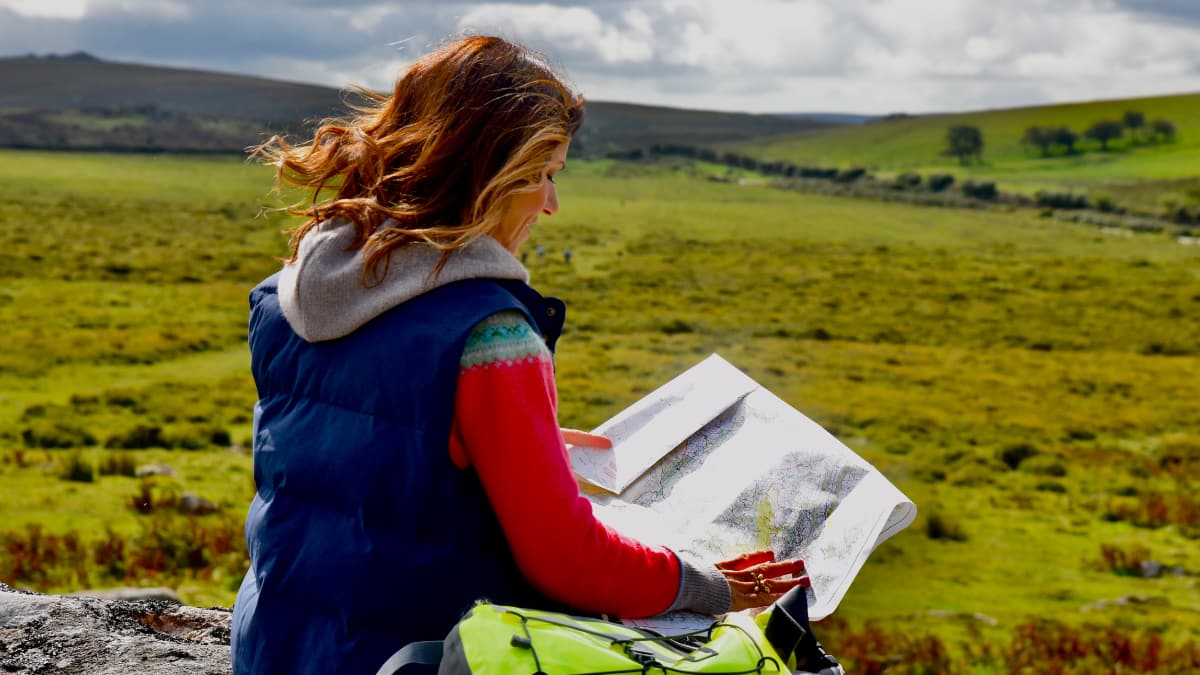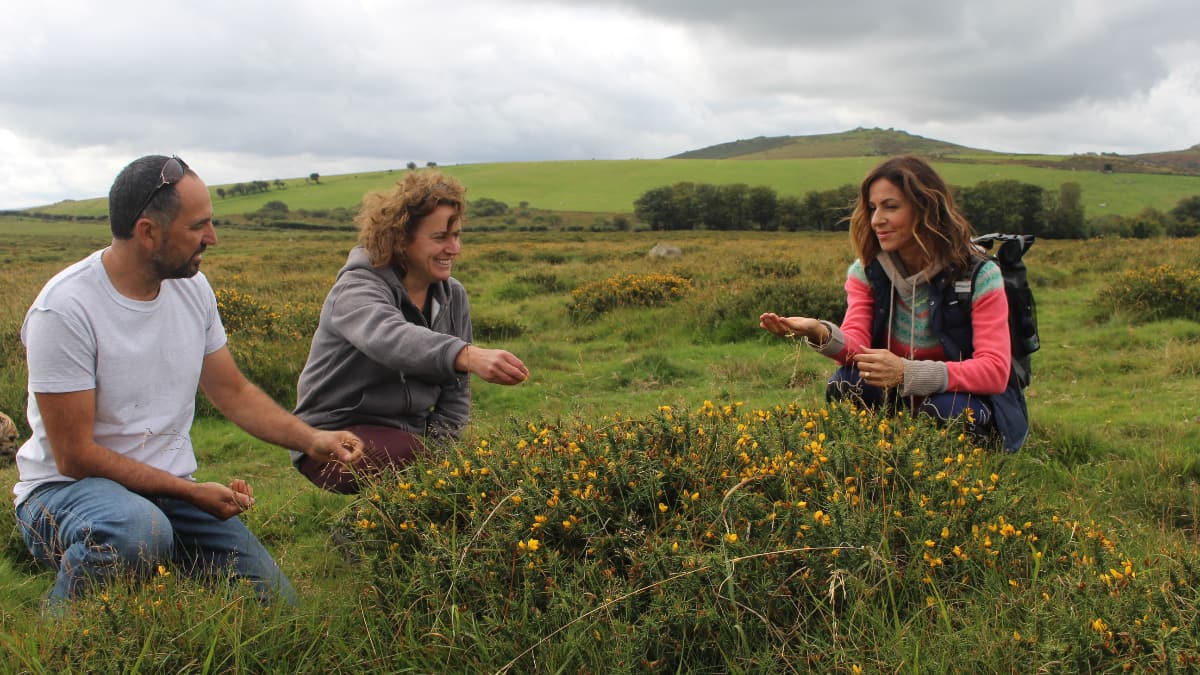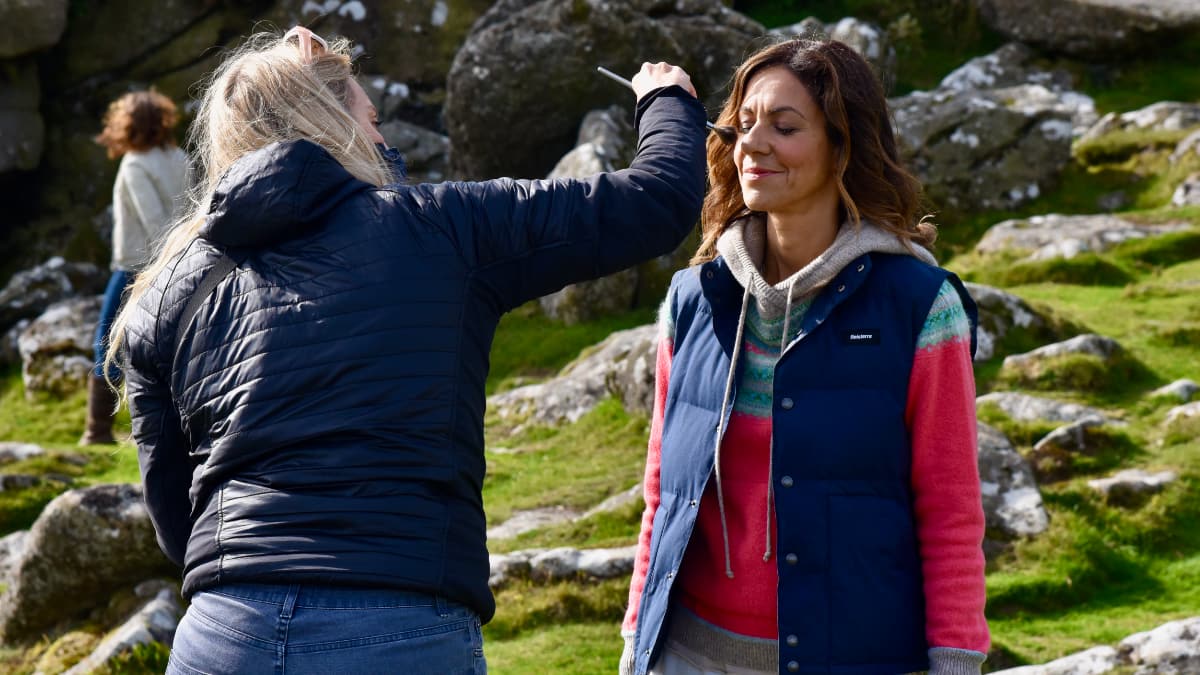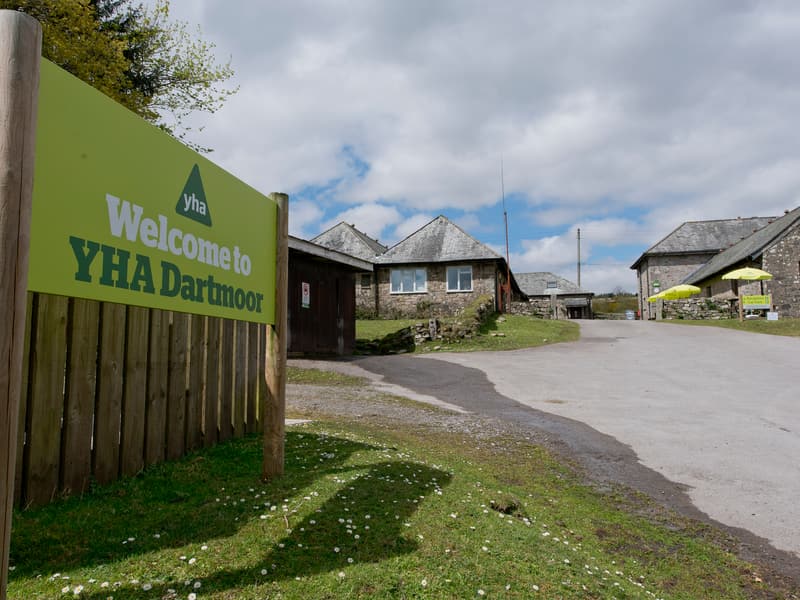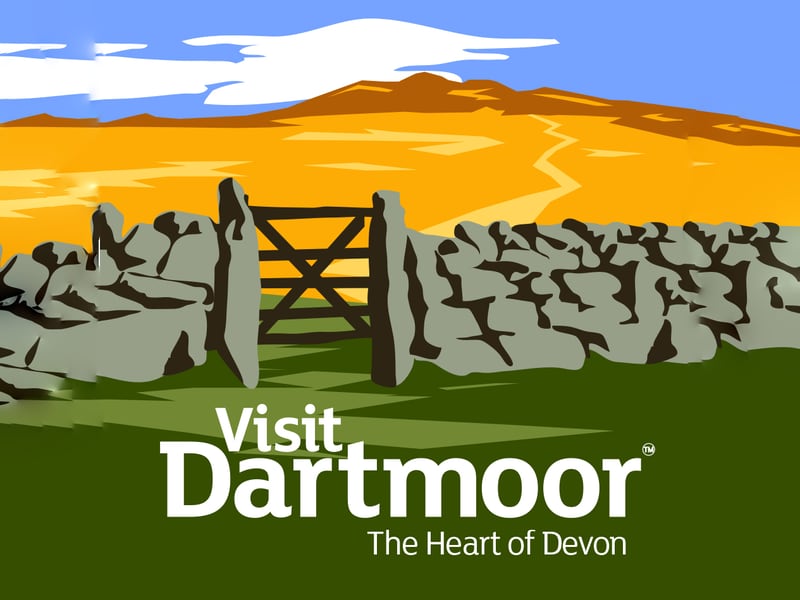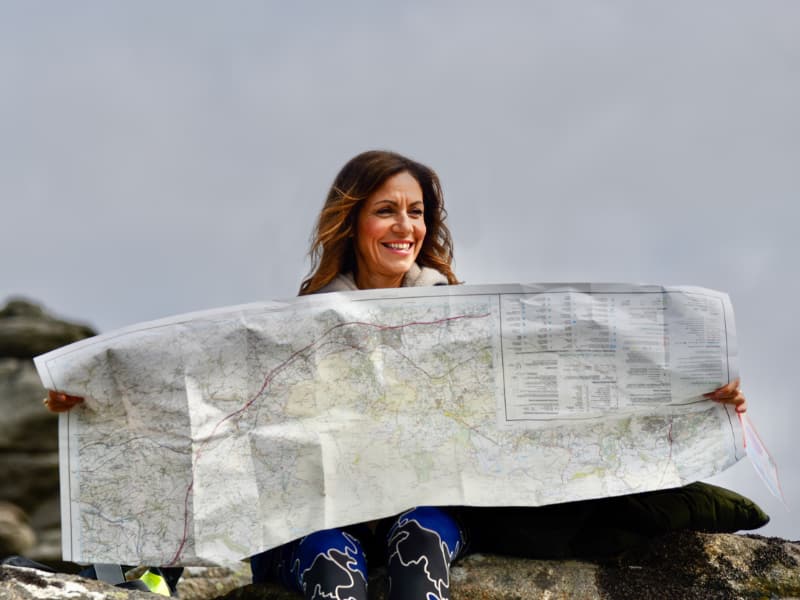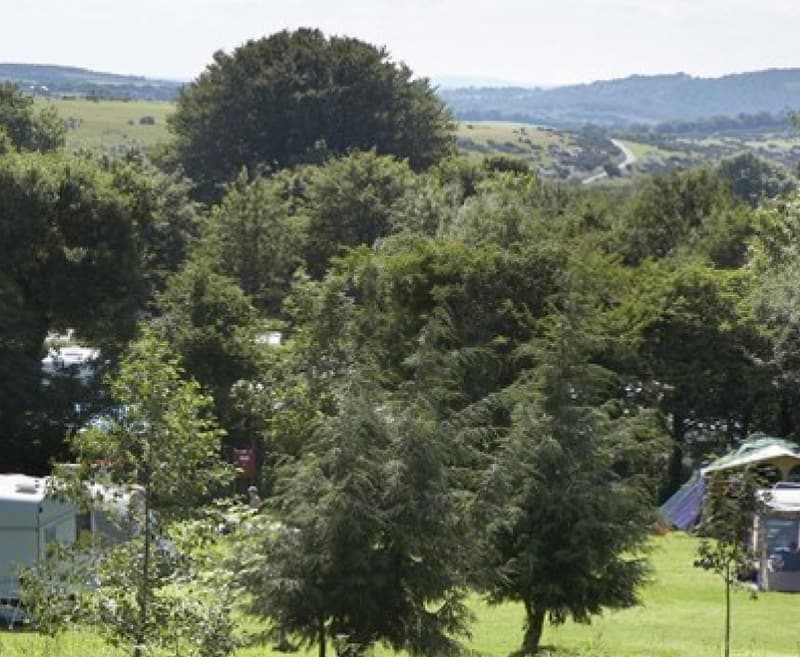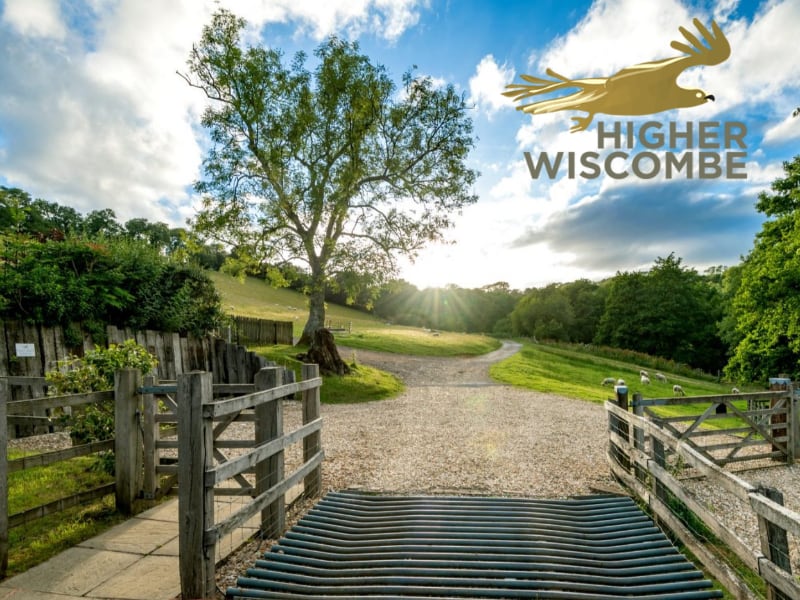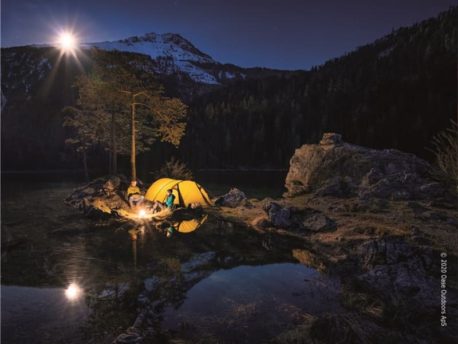- Home
- All Walks · Walking Routes
- Julia Bradbury Walks
- ITV Cornwall and Devon Walks
- Cornwall and Devon with Walks…
Powered by Outdooractive.
Walk Details
With 450 miles of public rights of way crisscrossing Dartmoor it’s hard to choose a route, but This #CornwallDevonWalk manages to take in some of the most magnificent corners of its rugged landscape – uncovering ghostly legends, a mediaeval village and the industrial heritage which dramatically shaped how the area looks today.
This walk starts – and ends – at Haytor, one of the iconic rock formations, known locally as ‘tors’, which pepper the rolling moors. Haytor is over 100,000 years old, having formed during the last ice age. This is relatively young for a rock formation, if you can believe it, but it’s relative youth does nothing to detract from its beauty.
The route then follows the remains of the extraordinary Granite Tramway. Built in the 1820s to transport granite from the Quarry to the Stover Canal. The granite from Dartmoor has been used everywhere from the National Galley to London Bridge and Nelson’s Column. Just as the quarry shaped Dartmoor’s landscape, it has also shaped the landscape of our cities.
Haytor Quarry, which has been so totally retaken by nature it’s easy to miss, is next on your route. Once one of the most productive granite mines in the country, you wouldn’t know it now from the peace and stillness that the area exudes. Take a moment to stand beside the pond, which was once the quarry pit, and watch the dragon and damson flies flit amongst the lily pads.
Next onto Holwell Tor with fabulous views across the Becka Brook valley. From your vantage point you should be able to spot the medieaval village. There are the remains of 11 stone buildings, built during the 13th century, which were mysteriously deserted two centuries later. There are legends of hauntings in this lonely village, so make sure you don’t linger past sundown.
The famous Houndtor is next – the site of the fascinating medieval village and the legendary Houndtor Rocks, an inspiration for the Sherlock Holmes mystery ‘The Hound of the Baskervilles’. The Dartmoor landscape, stripped of trees during its granite producing days, is barren and eerily beautiful – no wonder it’s the source of so many spooky tales.
The trail takes you through Holwell Lawn which is carpeted with bluebells in the spring. After passing Greator Rocks on your right, one of the tors most popular with climbers, you’ll enter Emsworthy Nature Reserve, a haven for nature and wildlife.
The final stretch takes you up to the view point at Emsworthy Rocks where you can see down to Widecombe, with its church, ‘the cathedral in the moors’, peering up at you from the valley below. This is a circular route – so just leave your car in the carpark at the base of Haytor, it’ll be waiting to carry you and your aching feet to a pub at the end of this five mile walk.
Carpark: Haytor Carpark Newton Abbot TQ13 9XT
 Nearest Train (or tube) Station(s):
Nearest Train (or tube) Station(s):
Newton Abbot, then get the 271 bus (Haytor Hopper) to Haytor Moorlands house. Service runs from May-September.
Local Information
Read the Countryside Code before venturing out
Make sure to take a map and compass, and know how to use them before going into our National Parks #BeAdventureSmart
Tips for New Walkers: click here to download (PDF).
Remember to prepare properly before heading out on any type of walk or outdoor activity. Tell people where you are going and what time you are expected back. As Wainwright says "There's no such thing as bad weather, only unsuitable clothing".





